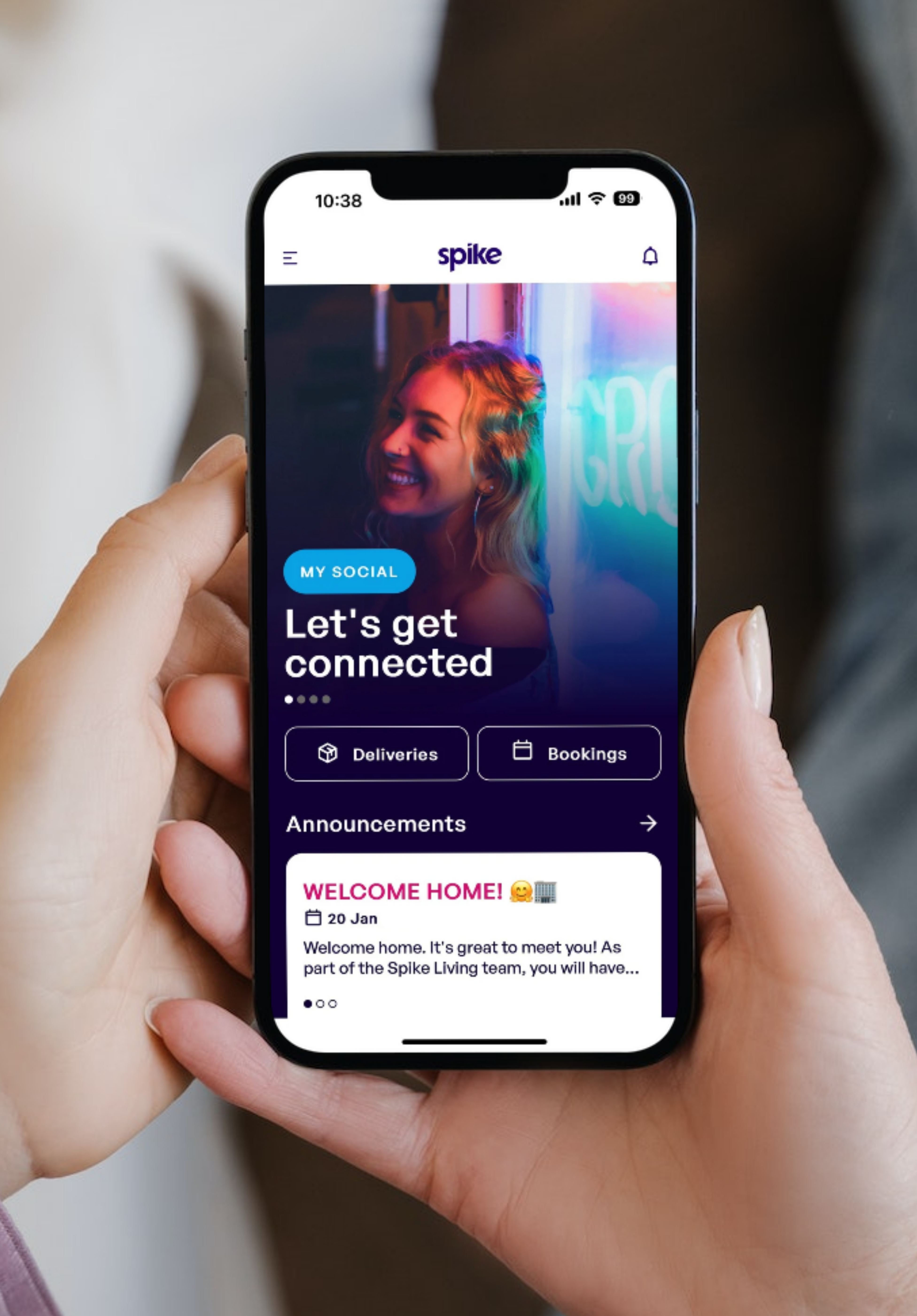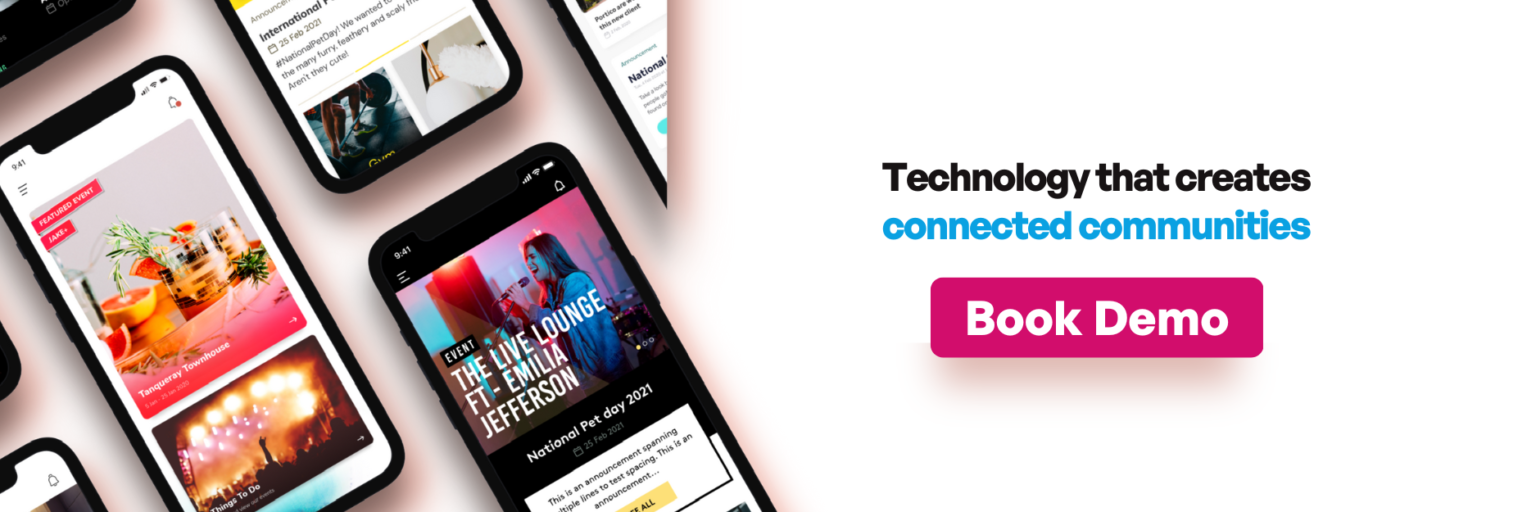Up until the recent Build-to-Rent boom, BTR had typically catered to students and young professionals who were embarking on their careers. Fast forward a few years, and it’s the 25-34 year olds who now make up the most common demographic of residents, with an increasing percentage of 55-64 year olds living in BTR developments too. The current financial climate is likely to push this recent shift even further, increasing its wide-scale appeal, especially with hesitant first-time buyers.
As the demographics of those living in BTR are changing, so too are the expectations and needs from their rented properties.
Shifting priorities

Each BTR development is unique, offering residents a variety of amenities and services included in their monthly rent or as additional paid for services. Operators recognise the importance of having unique and varied spaces with an incredible array of facilities and services on offer to potential residents, from dining rooms and cinema rooms to rooftop spaces, communal gardens and dedicated wellness rooms. With shifting demographics however, it may be wise to keep options open and create more flexible, multi-purpose amenity spaces to allow residents to decide for themselves how to use these areas.
As well as high-quality amenities and facilities, research has revealed that one of the biggest priorities for renters is having the latest connectivity options when. According to a survey of 500 residents and 200 apartment operators conducted by DISH Business, 81% of property owners and managers indicated that technology services were important in keeping residents satisfied, while 67% agreed that they could do more to provide the highest level of technology to their residents.
Connectivity done right
A 2019 report from Wiredscore, ‘Poor Foundations: the state of UK residential connectivity’, claims two-thirds of developers can rent their well-connected properties at a higher price and possibly with a greater yield. Two-fifths – 40% – of developers have seen an increase in demand for their properties, while more than half – 56% – stating they can rent their properties for longer, due to the improved in-home experience.
Managed internet service providers, such as ASK4, can elevate a resident’s connectivity experience, which can then return in higher rates of retention. Traditional ISPs tend to have a number of limitations when it comes to connectivity in multi-tenant buildings. Firstly, the lack of a managed service layer, means monitoring and maintenance, as well as proactive improvements to the service are either not at the level that residents expect, or are simply missing altogether, resulting in a worse experience for both residents and on-site teams.
ASK4’s 4Network delivers seamless connectivity for an unlimited number of smart devices to provide a connectivity experience, just as you would expect in a traditional home setting. What’s more though, this network extends site-wide beyond the walls of a resident’s apartment, meaning that that smart devices in their own spaces can be operated while dining in the building’s cafe, or working out in the gym for instance. This helps residents to integrate into a building’s wider community and make those communal facilities feel part of their home.
Building a community with connectivity

BTR residents are drawn to the promise of a vibrant community within their building. Common areas designed for social interaction, such as communal lounges, rooftop gardens, and co-working spaces are highly valued. Latest ONS data has revealed that those aged between 16-29 are over twice as likely to report feeling lonely often or always than those over 70, so it’s no surprise that this years’ Who Lives in Build-to-Rent report found that social spaces were rated as one of the most important amenities to residents, along with a social calendar and events. These spaces foster a sense of belonging and provide opportunities for residents to connect, collaborate, and build meaningful relationships with their neighbours.
However, residents do not suddenly become part of a community just because there are communal spaces, or someone has put up an event flyer on a noticeboard. Resident engagement portals like Spike Living play an increasingly important part. Through Spike Living, residents can connect with each other instantly, and the ‘what’s around me’ feature can highlight local shops and services, reducing the anxiety around moving to a new location. In addition to providing much-needed visibility to smaller businesses, encouraging residents to explore what’s on their doorsteps.
What’s more, Spike Living allows residents to create their own clubs and forums, enabling residents to find like-minded people who share similar interests. Whilst staff can share and promote in-house and local events, all helping to foster a sense of community. Developments that have implemented resident engagement portals have reported a 20% increase in resident participation in community events and initiatives in the first 3 months alone.
Summary
BTR residents are seeking more than just a place to live—they crave a comprehensive living experience that aligns with their values and connectivity needs, both digitally and physically. Developers and operators who understand and cater to these desires by providing adequate internet connectivity, community-focused spaces, and resident portals are poised to attract and retain a diverse range of residents. As the BTR sector continues to evolve, staying attuned to these preferences will be crucial for those aiming to create thriving, dynamic living communities.



